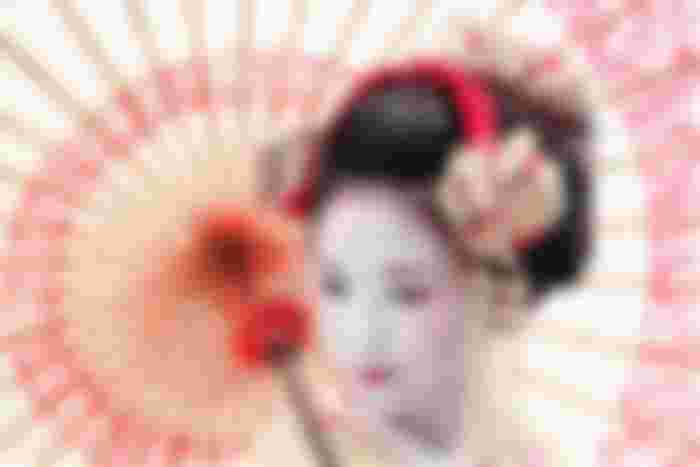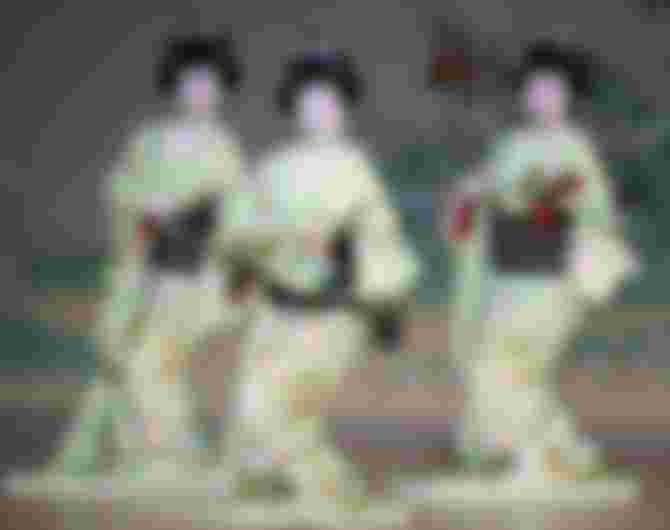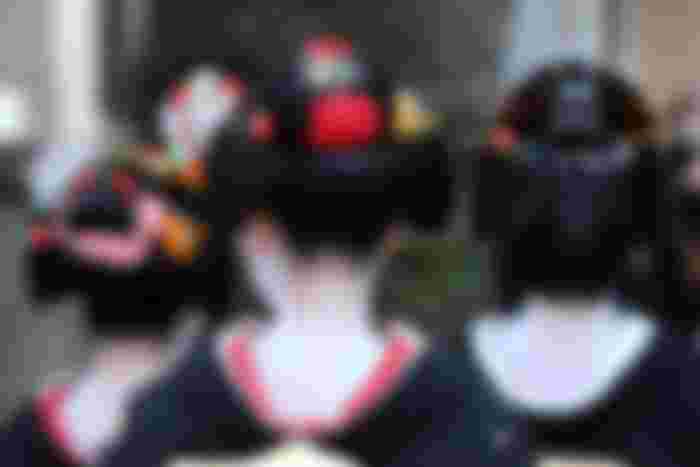Geishas are mentioned in the Japanese tradition as early as the beginning of the seventh century, but during the 18th century this profession experienced a new expansion. Geishas still exist today, but they have adapted to the modern world in many ways.

The word geisha comes from the Japanese nouns of the word ‘gei’ meaning ‘art’ and ‘sha’ meaning ‘person’ or ‘executor’. The closest translation for a geisha would be ‘artist’, ‘performer’ or ‘master’. Another name for a geisha is geiko and is usually used to denote the geisha of western Japan.
Geishas originate in a traditional Japanese society that did not allow open communication between men and women. In Japan, a woman had her own small empire, her own household, which she had to take care of, and children whose upbringing was entrusted to her completely.

The man was looking for sensual enjoyment and fun outside the house.
The position of the woman in Japan was not at all favorable because she did not possess personal freedom. As an ordinary woman, she was voluntarily locked in a house and completely dependent on her husband, and as a geisha, she could get an education, study, socialize with men. Geishas were not prostitutes and that is one of the misconceptions brought about by the penetration of Western culture into Japan and the spread of knowledge about the hitherto mysterious East. The Japanese gentlemen of that time, had a more refined taste than others and different conceptions of enjoyment, and were great admirers of beauty and tradition.
The roots of the geisha profession date back to the Edo period (1603-1867), when geishas entertained men on their way to the Red Light District in Yoshiwara, Tokyo. Prostitution was legal at the time, but the geisha profession was clearly different from prostitution.
In the past, geishas were often sold and thus the family got money and the girl education. Their girls were sent to special schools for geishas, and today they attend public schools.
Geisha training itself is very difficult. At the head of the okiya is okami or okasan, which in Japanese means mother, and it is a woman who pays for their training and takes care of them. The training itself lasts about six years during which the girls are trained in art, music, dance, tea drinking ceremonies, hostess and language. During those six years, part of the geisha's time lives in okiya and spends so much time there that okiya represents another family for her. In addition to playing various instruments, the geisha is taught calligraphy and ikebana. A geisha usually specializes in only one art, such as singing or dancing, but he has to master everything in order to successfully complete the training, which is supposedly extremely difficult, and only a small number of girls successfully complete it.

They teach a geisha etiquette and grace, but also how to flatter a shy, disinterested or arrogant man with equal success. During the training, the geisha is called maiko, which means trainee, and during that time she must have a disabled - older sister or mentor who instructs her in everything. Maiko and onesan team up in a ceremony in which they both take three sips of sake, and maiko takes on the name she will use as a geisha, derived from the name of her onesan. Onesan, as a mentor, takes care of her training, and takes her with him to parties where she entertains, and Maiko just stands aside and learns how to do it. After years of training when the maiko has perfected the secrets of the craft, an eriage is performed - a ceremony in which the maiko symbolically replaces her red collar with white and officially becomes a geisha.
Maiko and the geisha dress differently. Geisha’s kimono reveals her neck which according to Japanese culture is the most sensual part of a woman. The price of one such kimono reaches several thousand dollars. A kimono that is not a maiko has extremely long sleeves and is extremely colorful. She also wears high wooden clogs to keep her kimono from dragging on the floor.
The geisha applies white paint on his face, which in the past was lead-based and poisonous, but today is completely harmless. According to tradition, oil is first applied to the face, then wax and only then white powder, so that the face is perfectly smooth. Maiko applies red lipstick only on her lower lip, which is a sign that she is a beginner. Her hair must be long when she becomes an intern, and it is shaped into different hairstyles. Before becoming a geisha maiko change five different hairstyles. The last hairstyle is called ofuku, which maiko in the past began to wear after the first sexual experience, and today it is usually after the age of 18. After the maiko becomes a geisha, she gets a simpler and lighter kimono, and after a few years of work, she gets the right to wear lighter makeup.



Reading your article, I learned a lot about gaysha. I’ve always been interested in these facts, and thank you for that!